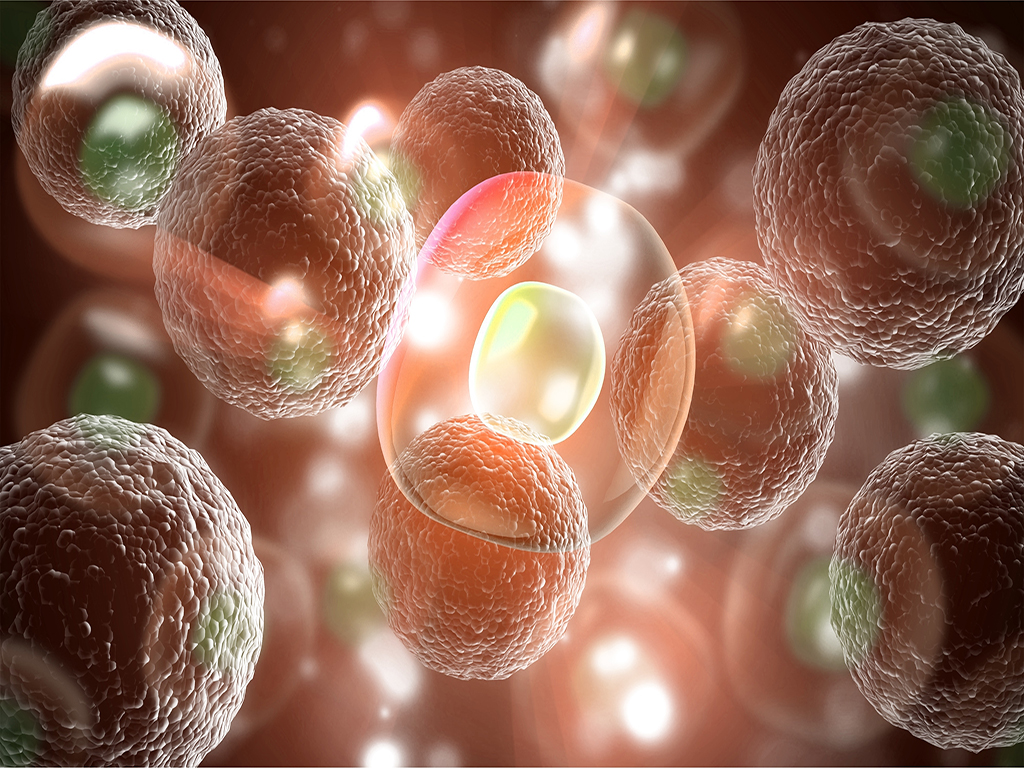Understanding the ‘hunger hormone’ may lead to novel obesity treatment

A team composed primarily of Texas A&M AgriLife Research scientists has made an important discovery that could lead to a novel treatment for obesity and obesity-associated diseases or conditions.
The study focused on the role of one molecule involved in how our bodies deal with hunger: the growth hormone secretagogue receptor, GHSR, which mediates the effect of ghrelin, known as the “hunger hormone.” Studies have shown that ghrelin promotes eating and increases fat. Ghrelin activates GHSR to increase appetite, fat accumulation and insulin resistance.
Dr. Yuxiang Sun, professor and AgriLife Research Faculty Fellow in the College of Agriculture and Life Sciences, and associate member of the Texas A&M Institute for Advancing Health Through Agriculture (IHA), and her team have made the novel observation that GHSR activity in macrophages — a major immune cell type in tissues — increases dramatically under the condition of obesity. In this study, Sun’s team investigated whether ghrelin’s effect in adipose tissues and the liver was due to the infiltration of GHSR-expressing macrophages into these tissues under the condition of obesity.
Research has shown that under normal conditions, GHSR is highly active in the brain but much less active in other tissues such as liver and fat, also referred to as adipose tissue. For this reason, most ghrelin research has focused on the brain.
“Intriguingly, in previous research, we found the complete removal of GHSR protects against diet-induced inflammation and insulin resistance in adipose tissue and the liver without affecting food intake,” Sun said. “This was very puzzling because that GHSR has very low expression in fat and liver cells.”
Details of the discovery can be found in the study “Nutrient-sensing growth hormone secretagogue receptor in macrophage programming and meta-inflammation,” published in the January issue of Molecular Metabolism.

